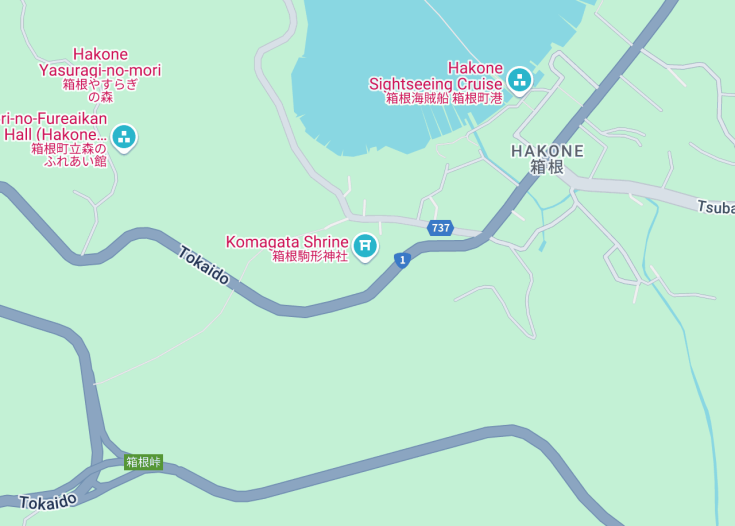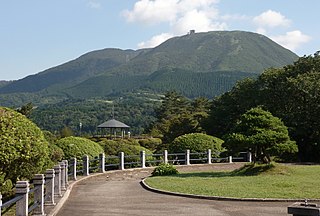Located in the serene Asakusa area of Tokyo, Komagata Shrine stands as a beacon of tranquility and tradition amidst the bustling city. Dedicated to the deity of safe travel, this historic shrine attracts visitors not only for its spiritual significance but also for its beautiful, quaint architecture. People often visit seeking blessings for their journeys, making it a popular spot for both locals and travelers. The shrine is particularly captivating during festivals, when traditional rituals and ceremonies are performed, offering a rich glimpse into Japan’s cultural heritage.
To enhance your visit, try to coincide your trip with one of the shrine’s festive days. This will give you the opportunity to witness ceremonial events unique to Japanese culture.
Plan to visit early in the morning or late in the afternoon to avoid crowds and experience the shrine’s tranquil atmosphere at its most peaceful and enchanting state.
Komagata Shrine: a serene escape
The Komagata Shrine, nestled in the serene environment of Japan, stands as a breathtaking testament to the rich cultural tapestry of the region. This shrine, not only offers a spiritual sanctuary but also provides a glimpse into the deep-rooted traditions of Japanese history. Visiting Komagata Shrine is like stepping into a tranquil world away from the hustle and bustle of city life, where the vibrations of the past harmoniously blend with the tranquility of nature.
The shrine is revered not only for its religious significance but also for its beautiful architecture and the lush foliage that surrounds it, attracting tourists who seek both spiritual solace and a touch of nature’s beauty. It serves as a popular spot for local celebrations and festivals, where customs and rituals add to the allure, making it a captivating experience for anyone interested in exploring the spiritual and cultural dimensions of Japan.
Exploring the wonders of Komagata Shrine
Visitors to Komagata Shrine can enjoy a variety of experiences that highlight its unique charm and historical importance. [h4]Festivals and Rituals[/h4] Komagata Shrine hosts several cultural festivals throughout the year which showcase traditional Japanese ceremonies and performances. [h4]Scenic Views[/h4] The shrine is surrounded by spectacular views of the natural landscape, providing a perfect setting for photography and peaceful walks.
Historic stone lanterns of Komagata Shrine
One of the key attractions at the Komagata Shrine is its collection of historic stone lanterns. These lanterns are not only beautiful but also hold significant historical value, as they have been part of the shrine’s landscape for centuries. They illuminate the pathways and create a mystical ambiance during evening visits, enhancing the spiritual and aesthetic appeal of the shrine.
Explore the serenity of Komagata Shrine
Komagata Shrine is a captivating destination ideal for individuals seeking peace or couples looking for a tranquil retreat. The serene surroundings offer a perfect setting for those eager to escape the hustle and bustle of daily life and engage in quiet reflection or meditation. The shrine provides a quaint atmosphere with lush greenery and traditional architecture, inviting visitors to step back in time and experience the calmness and spiritual enrichment often associated with sacred places.
Discover the best time to visit Komagata Shrine
Visiting Komagata Shrine is particularly magical during the spring and autumn seasons when the weather is mild and the natural surroundings are at their most vibrant. The cherry blossoms in spring and fiery autumn leaves provide a breathtaking backdrop, perfect for photography enthusiasts and nature lovers. Additionally, the cooler temperatures during these seasons make outdoor activities more enjoyable.
Annual events not to be missed
For those interested in experiencing local culture and festivities, the annual spring festival at Komagata Shrine is a must-visit. This event features traditional performances, local cuisine, and the chance to participate in communal activities, enriching your visit with cultural immersion.
Understanding accessibility and limitations at Komagata Shrine
Here is a brief overview of the accessibility and limitations tourists might encounter at Komagata Shrine:
Accessibility
While Komagata Shrine prides itself in most areas being wheel-chair accessible, some older sections have uneven steps that might require assistance for those in wheelchairs or with limited mobility.
Limitations
Visitors to Komagata Shrine should be aware of the following limitations:
- Large backpacks and pets are not allowed inside the sanctuary.
- Photography is restricted in certain areas highlighting private ceremonies or artifacts.
Notes to visitors
Additional considerations for a seamless visit:
- Wearing suitable footwear is advised due to the natural terrain.
- Respect the tranquility of the shrine by keeping noise to a minimum.
General informations
Key details you should know before visiting Komagata Shrine:
Location
Komagata Shrine is nestled among ancient trees, adjacent to the famous Aoba Park, making it easily accessible yet pleasantly secluded. Specific landmarks include the nearby Kotohira Tower and the Hakone Botanical Gardens which can serve as guiding points for first-time visitors.
Address:
123 Shrine Road, Komagata District, Hakone, Japan
Opening hours
The shrine welcomes visitors from 6:00 AM to 6:00 PM daily. Please note that the visiting hours may change during special events and national holidays.
How to reach Komagata Shrine
Car
Driving is a convenient option to reach Komagata Shrine. Ample parking is available for visitors.
| Route | Distance | Travel time |
|---|---|---|
| From Tokyo | 80 miles (129Km) | 2 hours |
| From Osaka | 280 miles (450Km) | 5 hours 30 minutes |
| From Yokohama | 75 miles (121Km) | 1 hour 50 minutes |
Public Transport
Buses and trains offer a scenic route to the shrine with stops at major landmarks.
| Route | Travel time |
|---|---|
| From Tokyo Station | 2 hours 10 minutes |
| From Osaka Station | 6 hours |
| From Yokohama Station | 2 hours |
Nearby Attractions
Enhance your visit by exploring these nearby attractions:
- Aoba Park – 0.5 miles (0.8 km)
- Kotohira Tower – 1 mile (1.6 km)
- Hakone Botanical Gardens – 1.5 miles (2.4 km)
- Hakone Stone Museum – 2 miles (3.2 km)
- Hakone Geopark – 2.5 miles (4 km)
- Hakone Sculpture Forest – 3 miles (4.8 km)
- Owl’s Forest Hakone – 3.5 miles (5.6 km)
- Hakone Museum of Art – 4 miles (6.4 km)
- Lake Ashi – 5 miles (8 km)
- Hakone Komagatake Ropeway – 6 miles (9.7 km)
- Hakone Shrine – 6.5 miles (10.5 km)
- Hakone Checkpoint Historical Museum – 7 miles (11.3 km)
Common questions
What is the historical significance of Komagata Shrine?
What are the architectural features of Komagata Shrine?
Can guests participate in any rituals at Komagata Shrine?
Are there specific festivals celebrated at Komagata Shrine?
What type of flora and fauna can be observed in the vicinity of Komagata Shrine?
Is there any cultural heritage connected to Komagata Shrine?
Are there any notable sculptures or art within Komagata Shrine?
What educational opportunities does Komagata Shrine offer to visitors?
Is photography allowed within Komagata Shrine?
What is the best time of year to visit Komagata Shrine?
Can visitors receive spiritual or personal blessings at Komagata Shrine?
How does Komagata Shrine engage with the local community?

Is the Komagata Shrine in Hakone Worth Visiting?
Located in the picturesque town of Hakone, Komagata Shrine might not be as grandiose or famous as other shrines in Japan, but it offers its own unique charm. Ideal for travelers who appreciate tranquil sites set in less touristy environments, this shrine provides a peaceful retreat. The environment surrounding the shrine is beautifully wooded, offering shades of nature and quiet spots for meditation or reflection.
Essentially, if you are seeking an escape from bustling tourist spots and enjoy a more meditative, personal connection with historical sites, Komagata Shrine could be worth a short visit. However, those looking for more elaborate structures or historical narratives may find it lacking. Therefore, its worthiness largely depends on personal interests in cultural depth and architectural grandeur.

















